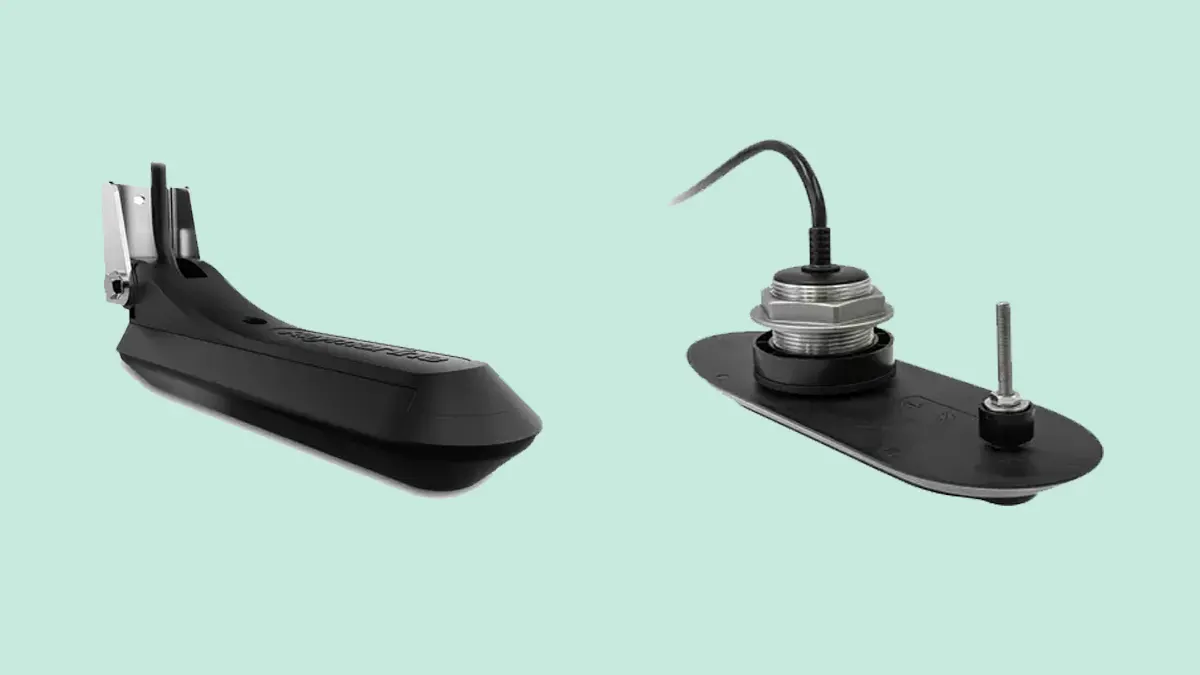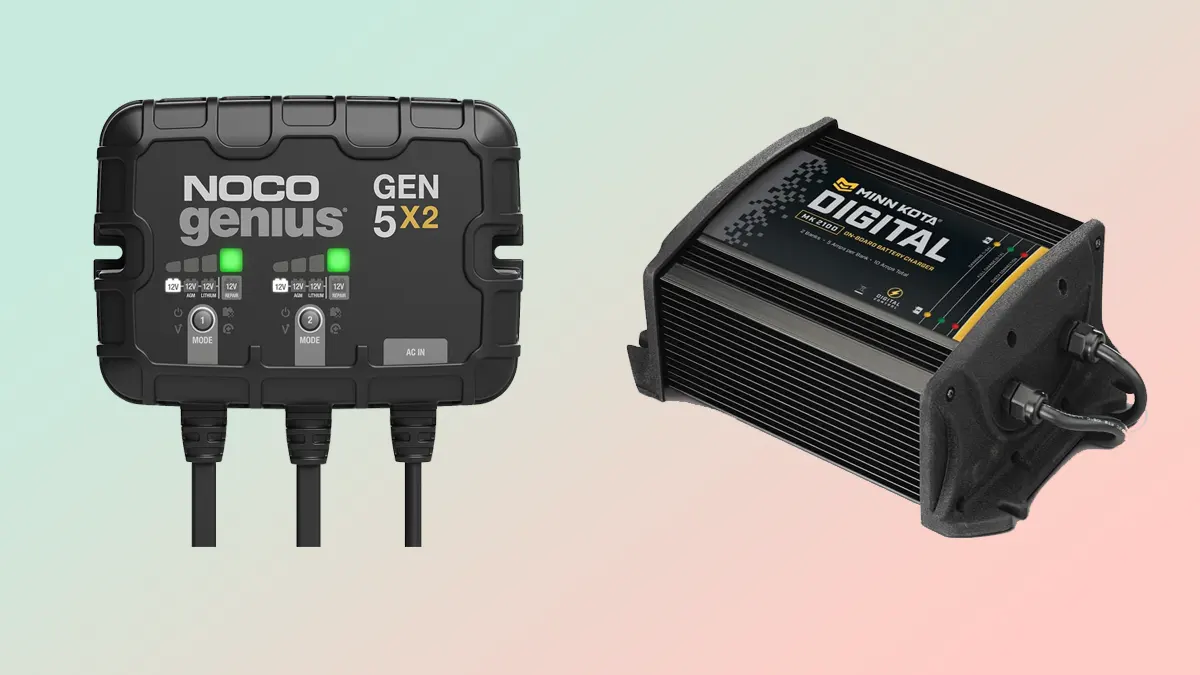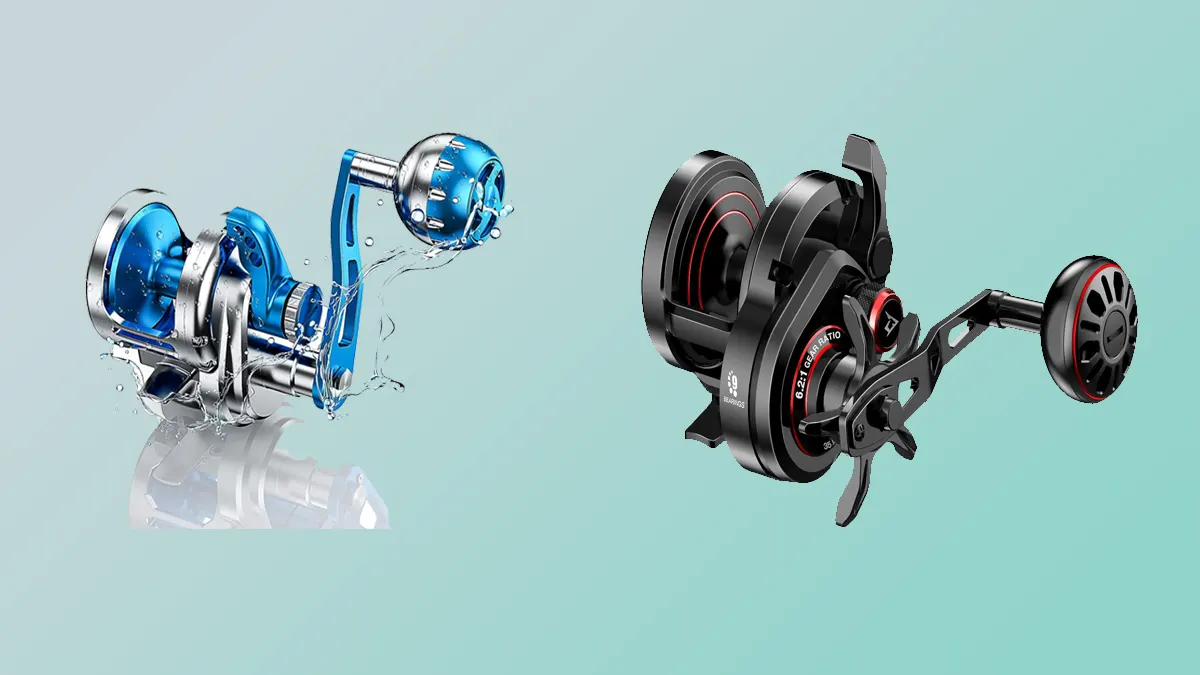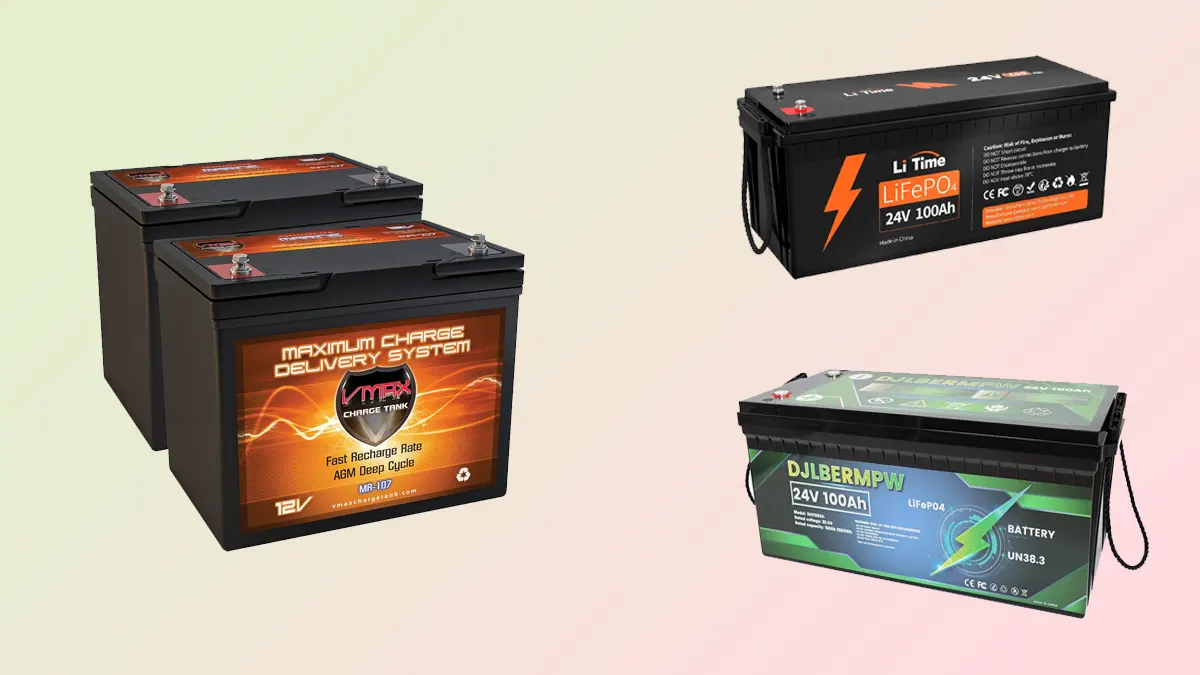Transducers play a vital role in marine electronics systems by converting electrical signals into sound waves and vice versa. These components are extremely important for navigation devices like fish finders and depth sounders. Transducers can emit and receive sonar signals, allowing them to gather valuable information about the underwater environment, including water depth, fish detection, and seabed composition. Given their crucial function, transducers offer essential insights for marine enthusiasts and professionals.
When exploring the vast oceans, having the right tools is essential for a smooth and enjoyable journey. Those who love boating and are passionate about marine activities often prefer using Raymarine Axiom. It’s a popular choice because of its advanced features and user-friendly interface. However, to truly unlock the full potential of this cutting-edge technology, it’s important to get the best transducer that complements the capabilities of the Raymarine Axiom system. In this article, we will explore some best transducer for raymarine axiom, enhancing your marine experiences like never before.
Types of Transducers:
Transducers come in different types, each catering to specific applications. The two primary types are:
CHIRP Transducers:
CHIRP transducers, also called Compressed High-Intensity Radiated Pulse transducers, have a special ability to emit pulses that change their frequency continuously. This special feature allows CHIRP transducers to improve the quality of images by enhancing target separation and clarity. CHIRP transducers provide extremely accurate data and effectively reduce any possible interference by covering a wide range of frequencies. These advanced capabilities make CHIRP transducers a great option for applications that need precise and clear imaging.
Traditional Transducers:
Traditional transducers function at a specific frequency and are relatively more budget-friendly when compared to CHIRP transducers. They are suitable for basic depth detection and identifying fish in shallower parts of water bodies.
Transom-Mount Transducers:
Many boat owners often use and strongly prefer transom-mounted transducers. These transducers are attached to your boat’s back (transom) and are easy to install, affordable, and suitable for various small to medium-sized boats. They offer impressive features and deliver excellent performance for depths of up to 300 feet. Fishing enthusiasts and people who enjoy recreational boating especially appreciate them.
Thru-Hull Transducers:
Thru-hull transducers, also called through-hull transducers, are usually placed in the bilge area of a boat by being installed through the hull. This placement through the hull enables them to accurately measure depth and deliver excellent performance, even when the boat is moving at higher speeds. Thru-hull transducers are particularly popular on larger vessels because they provide a wide range of depth options and beam width choices, making them highly versatile.
In-Hull Transducers:
The boat has these special devices called under-hull transducers that are installed beneath the boat’s hull. These transducers use a substance that allows sonar signals to pass through. They are particularly useful for boats made of fibreglass because they give accurate readings even in shallow waters. People who own fibreglass boats and don’t want any equipment sticking out from the bottom of their boats often choose under-hull transducers because they don’t require drilling any holes in the boat’s hull.
Factors to Consider When Choosing a Transducer:
When selecting a transducer for your Raymarine Axiom system, several factors should be taken into consideration:
Depth and Frequency Range:
When choosing a transducer, it’s important to consider the depth range you typically explore. Various models are available, each offering different capabilities in terms of transducers. If you frequently venture into deep waters, selecting a transducer that provides a broader frequency range is advisable. By making this choice, you can ensure accurate and dependable depth readings throughout your adventures.
Transducer Type:
The Raymarine Axiom offers a wide range of compatibility with different transducers, including transom-mount, thru-hull, and in-hull options. It’s important to carefully consider the unique advantages and factors associated with each option, as they are designed to cater to your specific boating needs and the specifications of your vessel.
Transducer Material:
Transducers come in a variety of materials, giving you plenty of options to choose from. You can find them made of plastic, bronze, and stainless steel. When deciding on the material for your transducer, several factors must be considered. These factors include the water conditions you’ll be operating in, the speed of your vessel, and your budget constraints.
Beam Width:
Consider the width of the transducer’s beam, as it plays a vital role in determining the area scanned beneath your boat. Opting for a narrower beam increases the accuracy of distinguishing targets, whereas a wider beam broadens the range of coverage.
Installation Tips and Techniques:
Proper installation of your transducer is crucial to ensure accurate and reliable performance. Here are some installation tips:
- Follow the manufacturer’s instructions carefully.
- Install the transducer in a location where it will be undisturbed by air bubbles or turbulence.
- Ensure a secure and watertight installation.
- Conduct a test run to verify the transducer’s functionality before heading to the water.
Maintenance and Care for Transducers:
Regular maintenance will help prolong the lifespan and performance of your transducer. Here are some maintenance tips:
- Clean the transducer regularly to remove marine growth and debris.
- Inspect the wiring connections for any signs of corrosion or damage.
- Protect the transducer during winterization and storage.
- Follow the manufacturer’s guidelines for maintenance intervals and procedures.
Troubleshooting Common Transducer Issues:
Occasionally, you may encounter issues with your transducer. Here are some common problems and their solutions:
- No Depth Reading: Check the connections and ensure the transducer is correctly installed. Also, verify the depth range settings on your Raymarine Axiom.
- Weak or Intermittent Sonar Signal: Clean the transducer and check for obstructions. Ensure the cable connections are secure and free from corrosion.
- Erratic Readings: Avoid placing the transducer near other electronics or objects that may interfere with the sonar signals. Adjust the transducer angle for better performance.
Frequently Asked Questions
Can I use any transducer with the Raymarine Axiom system?
Yes, many different transducers are fully compatible with the Raymarine Axiom system. However, confirming that the transducer you choose is suitable for seamless integration with the Axiom system and can provide all the functions you desire is important.
Do I need a CHIRP transducer for my Raymarine Axiom?
Indeed, having a CHIRP transducer is essential if you want to make the most of your Raymarine Axiom device. The reason behind this is that CHIRP technology is renowned for its ability to provide exceptionally clear and accurate sonar images. Using CHIRP technology, your Raymarine Axiom significantly enhances its capabilities, improving fish detection and precise target separation. This advanced technology allows you to gain unmatched visibility into the fascinating underwater realm.




